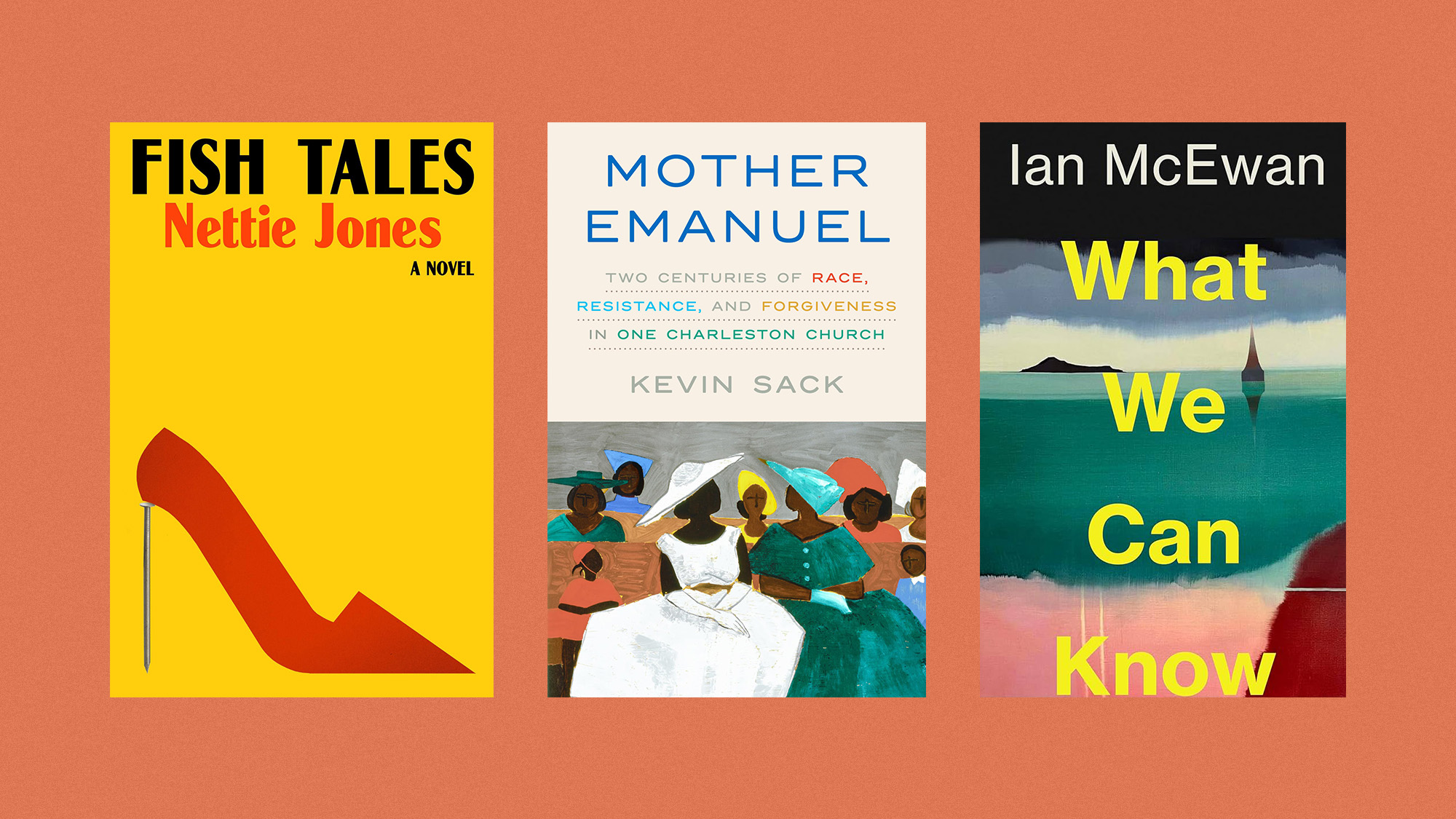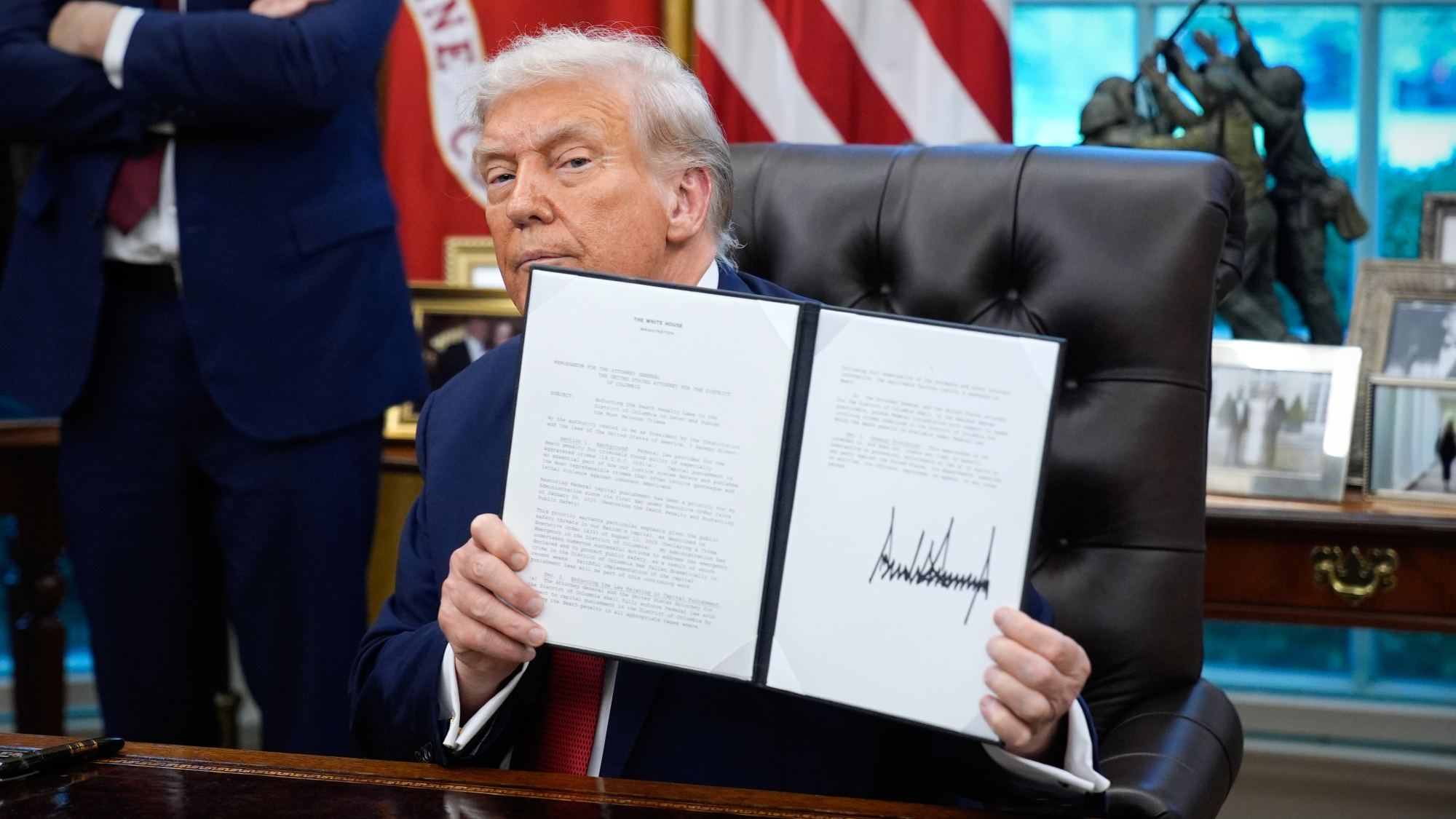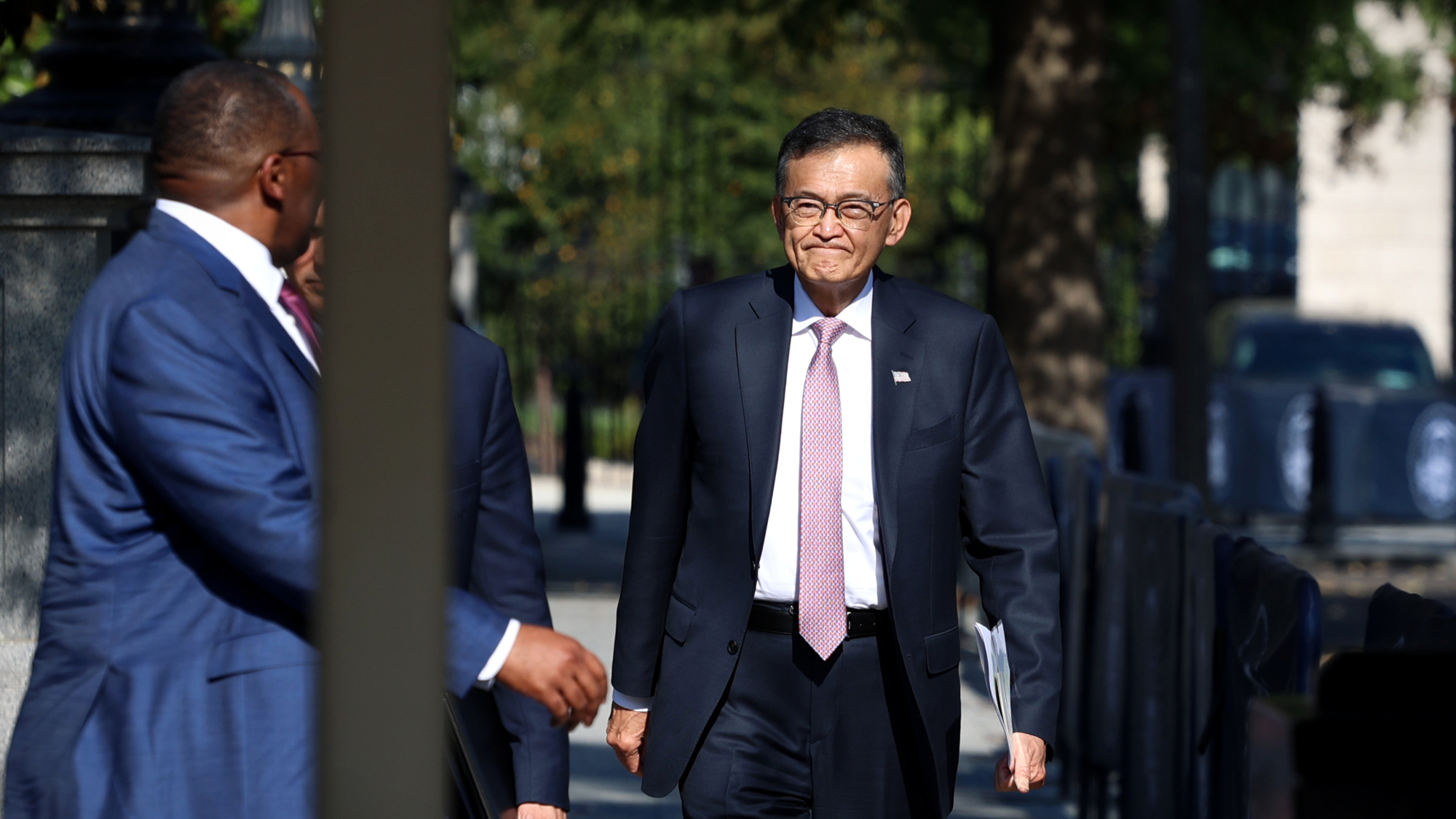Sweden 'literally gained nothing' from staying open during COVID-19, including 'no economic gains'


In the messy panoply of global responses to the COVID-19 pandemic, Sweden stands out. Unlike its Nordic and European peers, Sweden decided early on for a "soft" approach, forgoing lockdowns for subtle changes to commerce and entertainment, voluntary mitigation guidelines, and encouraging working from home. "This is what has happened," economic correspondent Peter S. Goodman reports in The New York Times: "Not only have thousands more people died than in neighboring countries that imposed lockdowns, but Sweden's economy has fared little better."
"They literally gained nothing," Jacob Kirkegaard, a senior fellow at the Peterson Institute for International Economics, tells the Times. "It's a self-inflicted wound, and they have no economic gains." Sweden did see slightly less contraction in the first quarter, but now its economic pain is essentially equal to its Nordic neighbors. And Norway, which "was not only quick to impose an aggressive lockdown, but early to relax it as the virus slowed," is actually "expected to see a more rapid economic turnaround," Goodman reports.
Ironically, Bloomberg News reports, the social distancing requirements in Sweden are now more stringent than in Denmark, Norway, and Finland, all of which opted for strict lockdowns early on. Sweden's 5,420 COVID-19 deaths may not seem like much compared with 130,000 in the U.S., but per capita that works out to 40 percent more fatalities than in the U.S. and 12 times more than Norway, seven times more than Finland, and six times more than Denmark, the Times notes.
The Week
Escape your echo chamber. Get the facts behind the news, plus analysis from multiple perspectives.

Sign up for The Week's Free Newsletters
From our morning news briefing to a weekly Good News Newsletter, get the best of The Week delivered directly to your inbox.
From our morning news briefing to a weekly Good News Newsletter, get the best of The Week delivered directly to your inbox.
Johan Carlson, the head of Sweden's public health agency, said Tuesday that his country's declining rate of infections and patients in intensive care "is an effect of us keeping up the social distancing," though herd immunity "could definitely be playing a part in areas where we've had contagion." And Sweden's state epidemiologist, Anders Tegnell, maintains that his strategy is still more sustainable and will pay off in the long run.
And maybe it will. But three months into the pandemic, "Sweden's grim result — more death, and nearly equal economic damage — suggests that the supposed choice between lives and paychecks is a false one," Goodman writes. "It is simplistic to portray government actions such as quarantines as the cause of economic damage. The real culprit is the virus itself," and "a failure to impose social distancing can cost lives and jobs at the same time."
A free daily email with the biggest news stories of the day – and the best features from TheWeek.com
Peter has worked as a news and culture writer and editor at The Week since the site's launch in 2008. He covers politics, world affairs, religion and cultural currents. His journalism career began as a copy editor at a financial newswire and has included editorial positions at The New York Times Magazine, Facts on File, and Oregon State University.
-
 Received a gift card this holiday season? Here’s how to maximize it.
Received a gift card this holiday season? Here’s how to maximize it.The Explainer Make the most of your present
-
 ‘Lumpy skin’ protests intensify across France as farmers fight cull
‘Lumpy skin’ protests intensify across France as farmers fight cullIN THE SPOTLIGHT A bovine outbreak coupled with ongoing governmental frustrations is causing major problems for French civil society
-
 The best books of 2025
The best books of 2025The Week Recommends A deep dive into the site of a mass shooting, a new release from the author of ‘Atonement’ and more
-
 TikTok secures deal to remain in US
TikTok secures deal to remain in USSpeed Read ByteDance will form a US version of the popular video-sharing platform
-
 Unemployment rate ticks up amid fall job losses
Unemployment rate ticks up amid fall job lossesSpeed Read Data released by the Commerce Department indicates ‘one of the weakest American labor markets in years’
-
 US mints final penny after 232-year run
US mints final penny after 232-year runSpeed Read Production of the one-cent coin has ended
-
 Warner Bros. explores sale amid Paramount bids
Warner Bros. explores sale amid Paramount bidsSpeed Read The media giant, home to HBO and DC Studios, has received interest from multiple buying parties
-
 Gold tops $4K per ounce, signaling financial unease
Gold tops $4K per ounce, signaling financial uneaseSpeed Read Investors are worried about President Donald Trump’s trade war
-
 Electronic Arts to go private in record $55B deal
Electronic Arts to go private in record $55B dealspeed read The video game giant is behind ‘The Sims’ and ‘Madden NFL’
-
 New York court tosses Trump's $500M fraud fine
New York court tosses Trump's $500M fraud fineSpeed Read A divided appeals court threw out a hefty penalty against President Trump for fraudulently inflating his wealth
-
 Trump said to seek government stake in Intel
Trump said to seek government stake in IntelSpeed Read The president and Intel CEO Lip-Bu Tan reportedly discussed the proposal at a recent meeting
